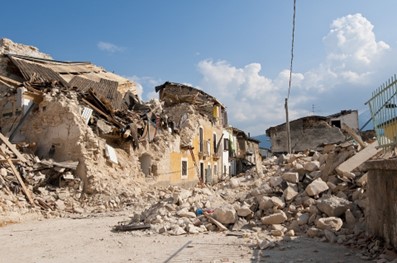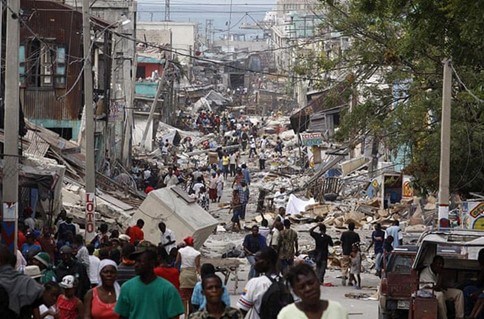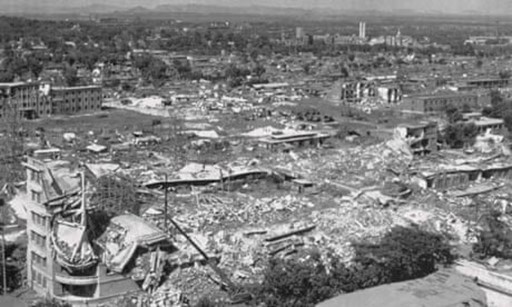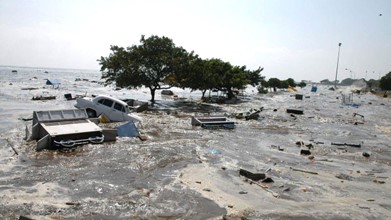Earthquakes pose a significant threat to countries around the
world.
They
are caused by the movement of tectonic plates and their size is usually described in
magnitudes. This sudden, violent shaking of the ground can destroy buildings,
infrastructure
and even cause serious injuries or deaths.
Magnitude is based on measurement of motion
recorded by a seismograph and it is indicated in whole numbers and decimal
fractions.
Magnitude scale has no upper limit, and it can indicate negative numbers too. So
far,
the
largest earthquake recorded is magnitude 9.5 but even larger ones may be possible.
Anyhow,
small earthquakes are much more common than large ones. Most earthquakes are so
small
that
they are not even felt by people.
The three largest earthquakes recorded are:

Haiti, Hispaniola 2010 (Jorge Silva/Reuters)

Haiti, Hispaniola 2010 (Jorge Silva/Reuters)

Tangshan City 1976 (Bettman/CORBIS)

Indian Ocean areas 2004 (STR/AFP/Getty Images)